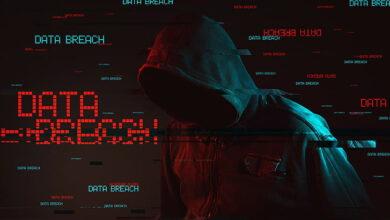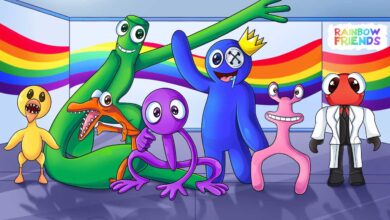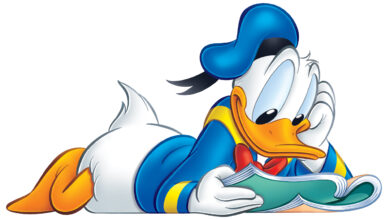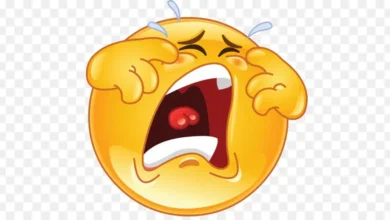The Ultimate Guide to the Thumbs Up Emoji 👍 – Meaning, Usage, and Impact in Today’s Communication 2024

Introduction to the Thumbs Up Em
thumbs up emoji 👍 has become one of the most recognizable and universally understood emojis today. Whether you’re chatting with friends, acknowledging a work message, or reacting to a social media post, this small symbol carries a big message. The thumbs-up emoji is a simple yet effective way to express approval, support, or agreement, thumbs up emoji and it’s universally appreciated for its versatility.
In today’s fast-paced world, where digital interactions are quick and often brief, the thumbs-up emoji provides a convenient way to communicate approval without saying much. This emoji serves as a quick “yes,” a virtual pat on the back, or even just a way to let someone know you’re on the same page. The thumbs-up emoji has turned into a form of communication that transcends language, appealing to people from diverse backgrounds and cultures.
Interestingly, the thumbs-up emoji does more than just convey a simple message—it connects people. From Facebook and Instagram to WhatsApp and workplace messaging apps, people rely on this emoji to affirm positivity, make things clear, or even thumbs up emoji add a touch of friendliness. This guide explores why the thumbs-up emoji is such a hit in digital communication and how its usage has evolved over time.
The Origins of the Thumbs-Up Gesture

The thumbs-up emoji 👍 didn’t just appear out of nowhere; it has roots that go back centuries. The original “thumbs up” gesture likely dates back to ancient Rome, where it was used to make life-and-death decisions for gladiators in the arena. Spectators in the Colosseum would raise their thumbs to spare a gladiator or turn it down to signal a death sentence, making it one of the earliest recorded forms of hand gestures to signify approval or disapproval.
Interestingly, the thumbs-up didn’t always mean “good job” across all cultures. In Ancient Greece, for instance, a similar gesture might have been interpreted differently, often signifying various meanings across communities. Over time, however, the thumbs-up evolved into a common symbol of agreement and positivity in many Western cultures.
The thumbs-up emoji, as we know it today, builds on this long-standing tradition of using simple gestures to communicate complex ideas. When Unicode introduced the thumbs-up emoji, they tapped into this symbol’s deep historical roots, giving it new life in the digital age.
How the Thumbs Up Emoji 👍 Entered the Digital World
The journey of the thumbs-up emoji into our phones and keyboards began with the introduction of emojis in the 1990s. Originating in Japan, emojis were initially intended to enhance mobile communication by making it more visual. As the internet grew, emojis became an international phenomenon, with tech giants like Apple, Google, and Microsoft integrating emoji keyboards into their operating systems.
The thumbs-up emoji was among the earliest to be universally adopted, partly because of its simplicity and universal appeal. Unicode, the organization responsible for standardizing emojis across platforms, added the thumbs-up emoji to its official emoji set, allowing users on iOS, Android, and web platforms to send it with ease. The thumbs-up emoji soon became a go-to symbol, appearing in social media posts, texts, and comments worldwide.
With the thumbs-up emoji now readily available, users quickly started using it to convey everything from approval to encouragement. Its popularity skyrocketed, turning it into one of the most commonly used emojis globally.
The Popularity of the Thumbs-Up Emoji in Modern Communication
Why has the thumbs-up emoji 👍 become so popular? One key reason is its simplicity. In a world where we’re often multitasking and pressed for thumbs up emoji time, a quick thumbs-up emoji can express agreement or approval without the need for words. Just as “like” buttons allow users to show support without commenting, the thumbs-up emoji enables users to add value to conversations without prolonging them.
Social media platforms like Facebook took the thumbs-up emoji even further by making it a standard reaction to posts and comments. This allowed people to quickly engage with content, providing an effortless way to share their approval with just one tap. The ease of use and versatility of this emoji made it an instant hit on both social thumbs up emoji media and messaging platforms.
The thumbs-up emoji’s popularity is also tied to the shift toward visual communication. In an age where images and symbols often replace lengthy texts, the thumbs-up emoji is a perfect fit. It saves time, adds a friendly touch, and helps avoid misunderstandings, all while making digital interactions more engaging and expressive.
The thumbs up emoji 👍 in Different Cultures

While the thumbs-up emoji is widely accepted as a positive symbol, its meaning isn’t universally consistent. thumbs up emoji In some countries, the thumbs-up gesture (and, by extension, the emoji) may be seen as impolite or offensive. In parts of the Middle East, for example, a thumbs up can carry a very different—and often negative—connotation compared to Western cultures.
In Asian cultures, where politeness and subtlety are valued in communication, the thumbs-up emoji is generally accepted, though it might not carry as much weight as it does in Western contexts. Meanwhile, in Latin American countries, the thumbs-up emoji is commonly used, often conveying enthusiasm or friendship in a casual conversation.
Understanding these cultural nuances thumbs up emoji can be important, especially in global business or social interactions. For this reason, some people prefer to use alternative emojis or words in certain situations, making sure their message is received in the intended spirit.
Psychological Impact of the Thumbs-Up Emoji on Digital Communication
The thumbs-up emoji 👍 goes beyond a mere symbol of approval—it has psychological effects on how we perceive and interact in digital spaces. thumbs up emoji Studies on digital communication suggest that emojis, like the thumbs up, can increase feelings of satisfaction and closeness in online conversations. When someone uses the thumbs-up emoji to acknowledge a message, it provides a sense of validation, making the other person feel understood and appreciated.
Additionally, the thumbs-up emoji is a thumbs up emoji powerful tool in reducing ambiguity in digital conversations. When text lacks facial expressions and vocal tones, it’s easy for messages to be misunderstood. By adding a thumbs-up emoji, users can clarify their intentions, making digital communication smoother and more enjoyable for everyone involved.
Furthermore, the thumbs-up emoji thumbs up emoji can encourage engagement. For instance, in workplace messaging apps, a thumbs-up emoji can motivate employees by acknowledging their contributions or agreeing with their suggestions. In this way, the thumbs-up emoji doesn’t just convey approval—it also fosters a sense of community and connection.
The Thumbs Up Emoji 👍 in Social Media and Messaging
Social media has played a huge role in the widespread adoption of the thumbs-up emoji. Platforms like Facebook, Instagram, and Twitter all thumbs up emoji encourage users to interact with content using emojis, and the thumbs-up emoji is often one of the top choices. Facebook even incorporated a “like” button that uses the thumbs-up emoji, further reinforcing its popularity.
On messaging apps like WhatsApp, Messenger, and iMessage, the thumbs-up emoji has become almost synonymous with agreement thumbs up emoji or acknowledgment. Instead of typing out lengthy responses, users often drop a thumbs-up emoji to signal that they’re aligned or have read the message. This approach not only saves time but also keeps conversations from becoming unnecessarily lengthy.
The thumbs-up emoji also allows for a more nuanced form of expression on social media. When someone shares good news or a funny story, a thumbs up can serve as a subtle nod of approval or humor. In other words, the thumbs-up emoji has the unique ability to adapt its meaning depending on the context, making it a versatile option for online interactions.



